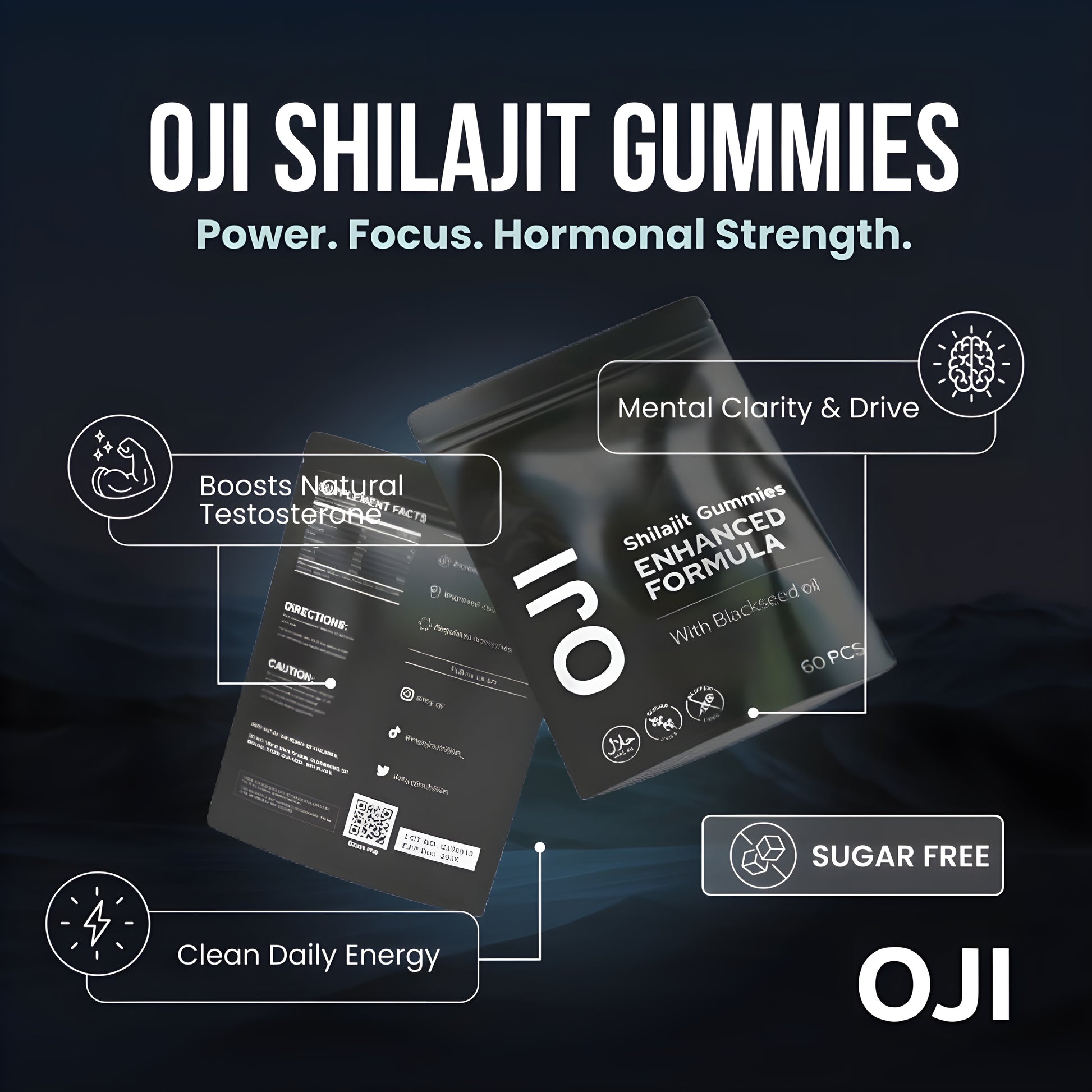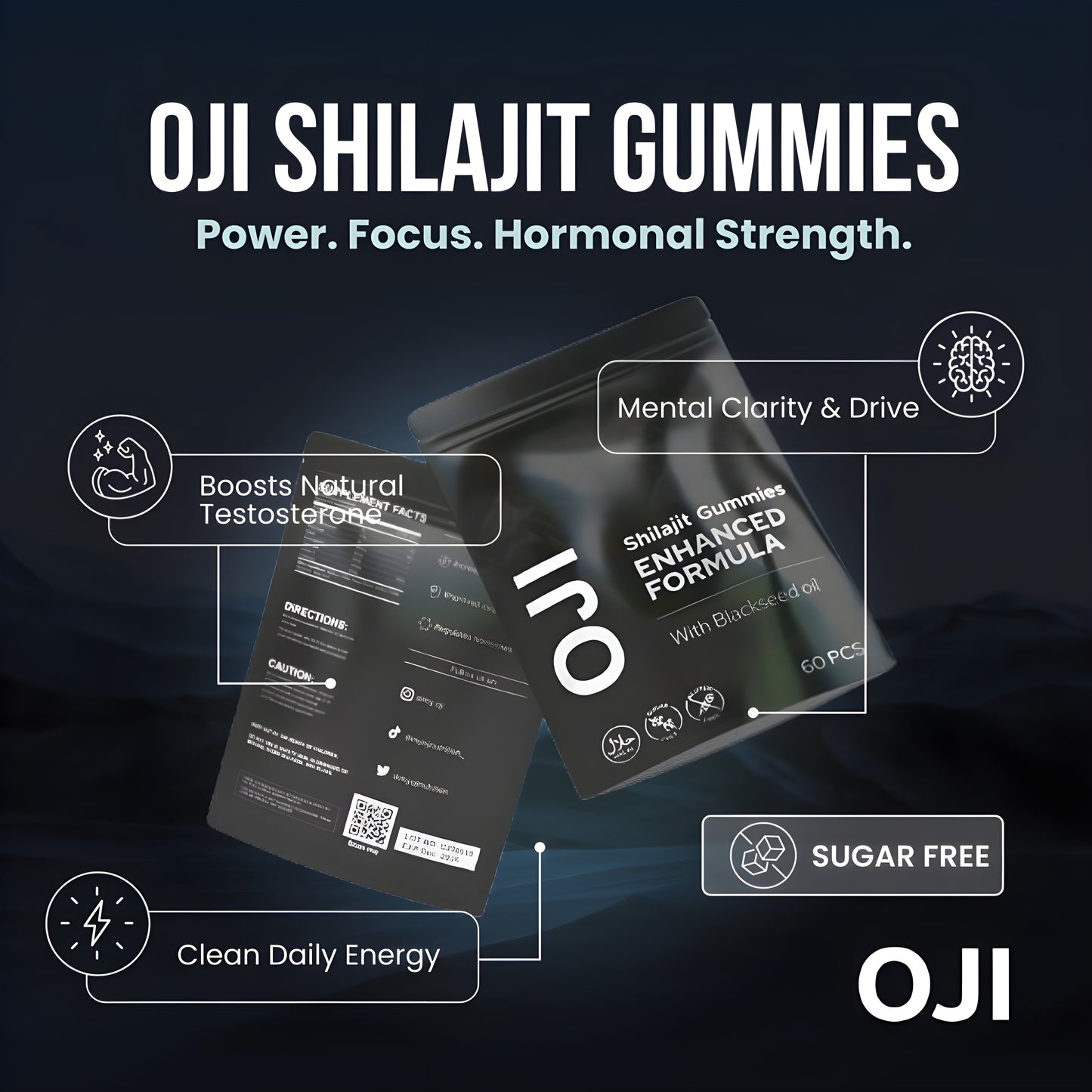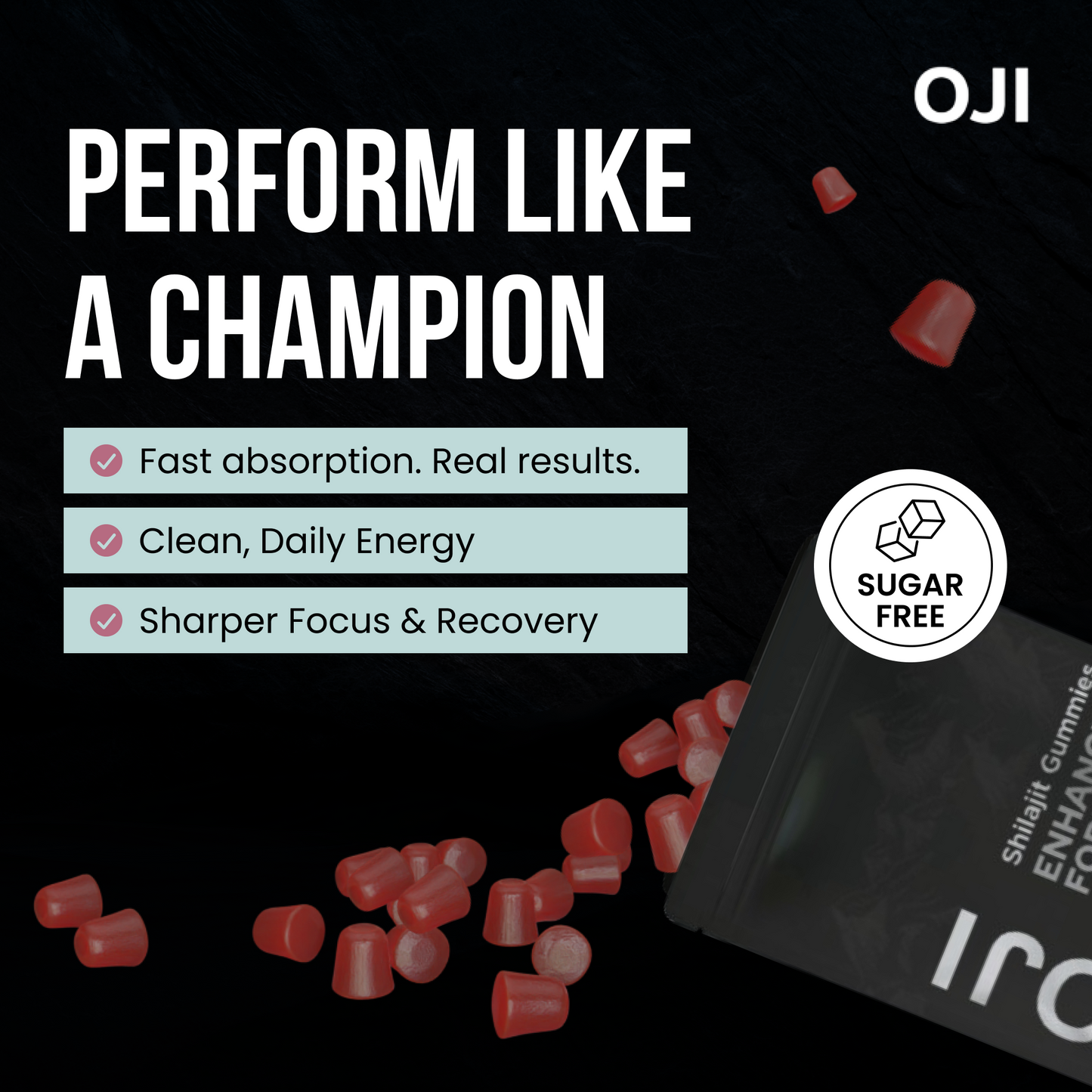Ever get that frustrating feeling of being out of breath after just a short run? Or completely wiped out halfway through the day? It’s a common story, but thankfully, not one you have to stick with.
Building real, lasting stamina isn’t about some secret trick. It’s about taking smart, consistent action. To increase your stamina, you need to combine purposeful exercise, good nutrition, and strategic lifestyle tweaks. Follow these steps to teach your body to use oxygen more efficiently and sustain its energy for longer.
Your Starting Point for Unlocking More Stamina

If you've ever felt winded after climbing a couple of flights of stairs or just couldn't keep up during a weekend kickabout with mates, you know exactly what hitting your stamina limit feels like.
This isn't just about athletic performance, either. Your endurance impacts everything, from how sharp you are at work to whether you have the energy left over for your family at the end of the day. The great news? Building it is entirely within your control.
To increase stamina, you first need to understand what it is: a measure of how long you can keep going, physically or mentally. This depends on your cardiovascular system, your muscles, and your body’s fuel reserves. When you push yourself, your body adapts, getting better and more efficient at sending oxygen and energy right where it’s needed.
The Three Pillars of Endurance
Lasting stamina isn't built on a single action but on three pillars that support each other. Picture them as the legs of a stool—if one is wobbly, the whole thing is unstable.
Let's break down the foundational components of building stamina into a clear framework. These three core pillars—exercise, nutrition, and lifestyle—work in tandem to create a robust system for improving your endurance. The table below summarises the key actions you need to take and the reasoning behind each one.
Core Pillars for Building Stamina
| Pillar | Key Action | Why It Works |
|---|---|---|
| Consistent Exercise | Engage in physical activity that challenges your heart and lungs at least 3-4 times a week. | Trains your cardiovascular system to deliver oxygenated blood to muscles more efficiently, which pushes back fatigue. |
| Smart Nutrition | Fuel your body with complex carbs, lean protein, and healthy fats in every meal. | Provides a steady, sustained release of energy, avoiding the 'crash' you get from sugary, processed foods. |
| Strategic Lifestyle | Get 7-9 hours of quality sleep per night and actively manage your daily stress. | Sleep allows for muscle repair and energy replenishment, while low stress prevents hormone imbalances that sap your vitality. |
Focusing on these three areas creates a powerful feedback loop for improvement. A great workout plan won't get you very far if you're not giving your body the right fuel to recover. And even with a perfect diet and exercise routine, a lack of sleep will completely undermine your progress. It all works together.
The real secret to building stamina is an actionable principle called progressive overload. All this means is you must gradually ask a little more of your body over time. To do this, try running for longer, lifting slightly heavier, or taking shorter rests. It’s this gentle, consistent push that forces your body to adapt and grow stronger.
Later in this guide, we’ll dive deep into specific, actionable strategies for each of these pillars. You’ll learn the best types of exercise to do, exactly what to eat for maximum energy, and how to build habits that will support your stamina goals for the long haul.
Build Your Endurance with Smart Exercise
Telling someone to “just exercise more” if they want better stamina is easy advice to give, but it's not very helpful. To build real-deal endurance, you need to follow a smarter, more structured approach. Your goal is to push your body in specific ways that force it to adapt and improve.
Every workout should focus on making your heart and lungs more efficient at delivering oxygen to your muscles. Think of your cardiovascular system as a high-speed delivery service. The stronger it gets, the more oxygen-rich blood it can pump with every beat, fuelling your muscles so they don't tire out so quickly. The key is to find a routine you can stick to week in, week out.
The Foundation: Cardio for Stamina
Cardiovascular exercise, or cardio, is the absolute cornerstone of any plan to boost your stamina. You need to perform activities that get your heart pumping and keep it elevated for a sustained period.
- Implement Steady-State Cardio: This is your core activity. Pick an exercise like jogging, cycling, or swimming, and maintain a moderate, consistent intensity for a set time. Aim for a 30-minute jog, a 45-minute bike ride, or a 20-minute swim where your effort level stays constant. This training builds a powerful aerobic base and makes your body more efficient.
- Apply Progressive Overload: The secret to getting better is to gradually ask a little more from your body. Start by setting a baseline, for example, running 3 kilometres this week. Next week, increase that distance to 3.3 kilometres. This small 10% increase is a proven method to build endurance safely without burning out or getting injured.
Of course, all the exercise in the world won't help if you're not fuelling your body properly. You need the right energy to perform these activities in the first place.

As you can see, there's a direct link between what you eat and how you perform. Your body simply needs the right fuel in the tank to sustain the workouts that build your stamina.
Beyond Cardio: High-Intensity and Strength Work
While steady-state cardio is essential, you will fast-track your progress by mixing in different types of training. To build a more resilient, capable body, add intensity and strength work to your routine.
Incorporate High-Intensity Interval Training (HIIT). This involves short, explosive bursts of all-out effort followed by brief recovery periods. A classic example is to sprint for 30 seconds, then walk for 60 seconds. Repeat that cycle for 15-20 minutes. This method is incredibly effective for boosting your VO2 max – the maximum amount of oxygen your body can use during intense exercise.
The fitness world in the UK has certainly caught on. Shorter, more intense workouts are becoming the norm. By 2025, it's predicted that 3 in 5 UK fitness clubs will offer a mix of digital and in-person options, making things like HIIT much easier to access. The rise of 20–30 minute sessions, from circuit training to HIIT, is all down to how efficiently they improve your heart, lungs, and muscles, which is perfect for anyone with a packed schedule.
Expert Tip: Don't neglect strength training. Stronger muscles are more fatigue-resistant. Fit in 2-3 sessions a week focusing on big, compound movements like squats, lunges, and rows. You don’t need to be lifting massive weights; focus on muscular endurance by using lighter weights for more reps (aim for 12-15 reps per set).
Create a balanced weekly schedule. A good mix is two or three days of steady-state cardio, one or two HIIT sessions, and a couple of strength days. This variety keeps things interesting and challenges your body from all angles, leading to better all-round fitness and superior stamina. And if you're looking to give your training an extra edge, you might want to check out our guide on the top supplements for endurance.
Fuel Your Body to Maximise Stamina

While smart exercise is a huge part of building endurance, it’s only one side of the coin. Think of it this way: you can have the most advanced engine in the world, but if you fill it with low-grade fuel, it's going to sputter and fail. Your body is no different.
The food you eat is the fuel that dictates your performance, recovery, and ultimately, how much stamina you can build. To learn how to increase stamina, you need to get strategic with your nutrition. This isn’t about punishing diets; it's about making intelligent choices that provide sustained, high-quality energy.
The Macronutrients That Build Endurance
Getting a handle on your macros—carbohydrates, proteins, and fats—is the first practical step. Each one plays a unique and vital role in fuelling your body for the long haul.
Complex Carbohydrates: Your Primary Energy Source
Let’s bust a myth right now: carbs are not the enemy. For stamina, complex carbohydrates are your absolute best friend. Find them in foods like whole-grain bread, brown rice, oats, and sweet potatoes. Unlike the simple sugars in sweets that give you a quick spike and an even quicker crash, complex carbs break down slowly. This provides a steady, reliable stream of energy to your muscles.
- Pre-Workout Action: Eat a bowl of porridge with a sliced banana about 60-90 minutes before a run. This gives your body time to start digesting and accessing that slow-release power.
- During Long Workouts: For any activity lasting over an hour, have a small, easily digestible carb source, like a handful of dates, to replenish your glycogen stores without weighing you down.
Lean Protein: The Repair Crew
Every time you push your body, you create tiny micro-tears in your muscle fibres. To repair this damage and get stronger, you need protein. Focus on lean sources like chicken breast, fish, eggs, lentils, and Greek yoghurt.
Healthy Fats: The Long-Haul Fuel
Fats are your dense, long-term energy source, crucial for lower-intensity, longer-duration activities like a steady-state jog or a long hike. Get your healthy fats from avocados, nuts, seeds, and a drizzle of olive oil.
You're essentially training your body to become "metabolically flexible." This means it gets good at switching between using carbohydrates and fats for energy, which is a cornerstone of elite endurance.
Time Your Meals and Stay Hydrated
When you eat is almost as important as what you eat. Fuel up 1-2 hours before a workout to ensure you have readily available energy. Afterwards, eat a meal rich in protein and carbs within an hour of finishing to kick-start a rapid recovery.
And then there's hydration. This is completely non-negotiable.
Even a slight drop in hydration, as little as 2% of your body weight, can cause a major nosedive in your performance. Don't wait until you feel thirsty to drink. Sip water consistently all day long. For active days, aim for 2-3 litres, and if you’re sweating heavily, add an electrolyte drink to replace lost salts.
Just as important is limiting things that drain your energy. Cut back on heavily processed foods, sugary drinks, and excess alcohol, as they can all lead to inflammation and energy slumps. For anyone looking for an extra natural lift, it's worth understanding how specific supplements can complement your diet. You can discover more about how certain natural compounds can boost your energy and wellness in our detailed guide.
Adopt Habits That Build Your Endurance
Building real, lasting stamina goes far beyond what you do in the gym or the kitchen. The habits you stick to every day—especially the ones outside your workouts and meal prep—are vital for developing proper endurance. Think of these lifestyle factors as the essential support system that allows your body to recover, adapt, and come back stronger each time.
Your body is like a high-performance engine. You can put the best fuel in it and push it hard, but if you never let it cool down or perform basic maintenance, it's going to break down. This is where you must implement sleep, stress management, and active recovery.
Prioritise High-Quality Sleep
For anyone serious about increasing their stamina, sleep is completely non-negotiable. It’s during these crucial hours that your body repairs muscle tissue, balances energy-regulating hormones, and mentally recharges for the day ahead.
Your action step is to get 7-9 hours of quality sleep every night. This gives your body the best possible chance to bounce back. Poor sleep actively sabotages your efforts by spiking cortisol (a stress hormone), hindering muscle repair, and leaving you drained.
A study on athletes revealed that extending sleep to 10 hours a night led to better sprint times, improved shooting accuracy, and a significant boost in mood and overall vigour. It's a powerful reminder that rest is one of the best performance-enhancing tools we have.
Manage Stress and Practise Active Recovery
Chronic stress is a silent killer of stamina. It floods your system with cortisol, leading to fatigue and poor recovery. You must find healthy ways to manage that pressure to keep your energy levels sharp.
You don't need anything complicated. Take these simple actions to handle daily stress:
- Meditate Daily: Spend 5-10 minutes a day using a mindfulness app or simply focusing on your breath to lower cortisol and improve clarity.
- Take a Light Walk: A gentle walk outside or some light stretching are incredibly effective ways to de-stress.
- Journal Your Thoughts: Get your thoughts down on paper to process stress and stop it from building up.
Beyond mental rest, your body needs active recovery. This isn't about sitting on the sofa all day. It means doing low-intensity activities on your "off" days. Go for a slow swim, a gentle cycle, or use a foam roller. This light movement boosts blood flow to your muscles, helping to flush out metabolic waste and reduce soreness without piling on more stress.
By weaving these habits into your routine, you create a complete support structure for your endurance goals. For a deeper look into more practical ways to boost your daily vitality, you might find our guide on how to feel more energetic useful. Listening to your body, giving it the rest it needs, and managing stress are the foundational steps that will amplify every other effort you make.
Find Your Fitness Crew and Use Every Resource
Trying to go it alone on any fitness journey is a tough road. While your own self-discipline is a huge part of the puzzle, you can tap into a powerful source of motivation by joining a community. When you surround yourself with people chasing similar goals, you gain accountability and real-world tips that can speed up your progress.
When we think about boosting stamina, our minds usually jump to solo activities like running or cycling. Turn that lonely grind into a shared experience. Joining a local gym, a running club, or even a good online fitness group creates a collective momentum that pulls you along, especially on those days when your own drive is running on empty.
Why a Gym Membership Is More Than Just Access to Equipment
A gym membership is an investment in showing up. The simple act of paying for it creates a psychological nudge to actually go. It carves out a dedicated space, free from the distractions of home, where your only job is to focus on your workout. That environment is built from the ground up to support your endurance goals.
This isn't just a feeling, either. The numbers tell the same story. A 2025 UK consumer survey found a massive link between having a gym membership and actually exercising regularly. A staggering 97% of UK gym members are physically active, while only 67% of non-members can say the same. Being part of a fitness facility is strongly tied to the consistent effort needed to build real stamina. You can dive deeper into these consumer trends in the full report from ukactive.
This built-in structure makes it easier to stick with the routines that will improve your stamina for the long haul.
The Power of Structured Classes and Expert Advice
One of the biggest perks of a gym or fitness club is the access you get to structured classes and professional trainers. Trying to push your own limits can feel intimidating and risky if you don't know what you're doing. Group classes—think spinning, circuit training, or bootcamps—are electric. The instructor's energy, paired with a great playlist, can push you to dig deeper than you ever would on your own.
Here's how a guided environment helps you build stamina:
- Built-in Progression: Good classes are designed to get tougher over time, naturally applying the principle of progressive overload.
- An Expert's Eye: A qualified trainer can spot and correct your form, ensuring you get the most out of every movement safely and avoid injury.
- Keeps Things Interesting: Classes introduce you to new exercises and training styles, preventing boredom and challenging your body in fresh ways.
A great personal trainer can be your secret weapon. They can design a programme specifically for your endurance goals, teach you how to use equipment you’ve been ignoring, and give you that one-on-one encouragement you need to smash through a plateau.
At the end of the day, you're the one who has to put in the work. But you don't have to figure it all out by yourself. Use the resources around you—whether it's a bit of friendly competition with a gym buddy, the structured push of a spin class, or a personalised plan from a trainer—to make the journey to better endurance more effective, safer, and a whole lot more fun.
Your Top Stamina Questions, Answered
As you start pushing yourself to build better endurance, it's normal to have a few questions. Getting straight answers can make all the difference, keeping you motivated and confident that you’re on the right track. Let's tackle some of the most common things people ask when they’re trying to boost their stamina.
How Long Until I Actually Feel a Difference?
This is the big one, isn't it? While everyone’s body responds a bit differently, there’s a general timeline you can go by.
Most people start to feel a real, tangible improvement within two to four weeks of consistent training (three to four workouts a week). It might be subtle at first—you’ll realise you can jog for another minute without stopping or you’re not as breathless after a flight of stairs.
For those more significant, game-changing gains in stamina, you’re looking at about two to three months of dedicated work. That's when your heart, lungs, and muscles have truly adapted and become much more efficient.
What’s the Single Best Exercise for Endurance?
If you want the most bang for your buck, what should you focus on? While a mix of different training styles is always best, one type of exercise is the absolute foundation for building stamina.
If you could only do one thing, it would be consistent cardiovascular (aerobic) exercise. Things like running, cycling, swimming, or even a really brisk walk. These activities directly train your heart and lungs to pump oxygen-rich blood to your muscles more effectively, which is the very definition of stamina.
Want to supercharge your results? Weaving in some High-Intensity Interval Training (HIIT) once or twice a week can work wonders. Those short, all-out bursts of effort push your body's oxygen capacity (your VO2 max) to new heights, often faster than steady-paced cardio alone.
Can I Build Stamina Just by Working Out at Home?
Absolutely. You don’t need a fancy gym membership to build incredible endurance. The same rules of consistency and progressive overload apply whether you're in a commercial gym or your own living room.
You can create a killer stamina-building routine with zero equipment. The goal is simply to get your heart rate up and keep it there.
- Bodyweight Circuits: Try jumping jacks, burpees, high knees, and squats. Do each for 45 seconds, rest for 15, and run through the whole circuit 3-4 times. It’s tough but effective.
- Skipping: A simple skipping rope is one of the best and cheapest cardio tools you can own.
- Stair Power: Got stairs? Use them. Walking or jogging up and down is a fantastic, no-cost workout that will seriously challenge your endurance.
The trick is to keep making it a little harder over time. Add a few more minutes, shorten your rest periods, or do an extra round of your circuit.
Ready to give your body the foundational support it needs to build real, lasting stamina? The Oji Shilajit gummies are formulated with over 85 essential minerals and adaptogens like Ashwagandha to naturally boost your energy, support recovery, and enhance your endurance. Elevate your performance by visiting https://myoji.co.uk to learn more.





